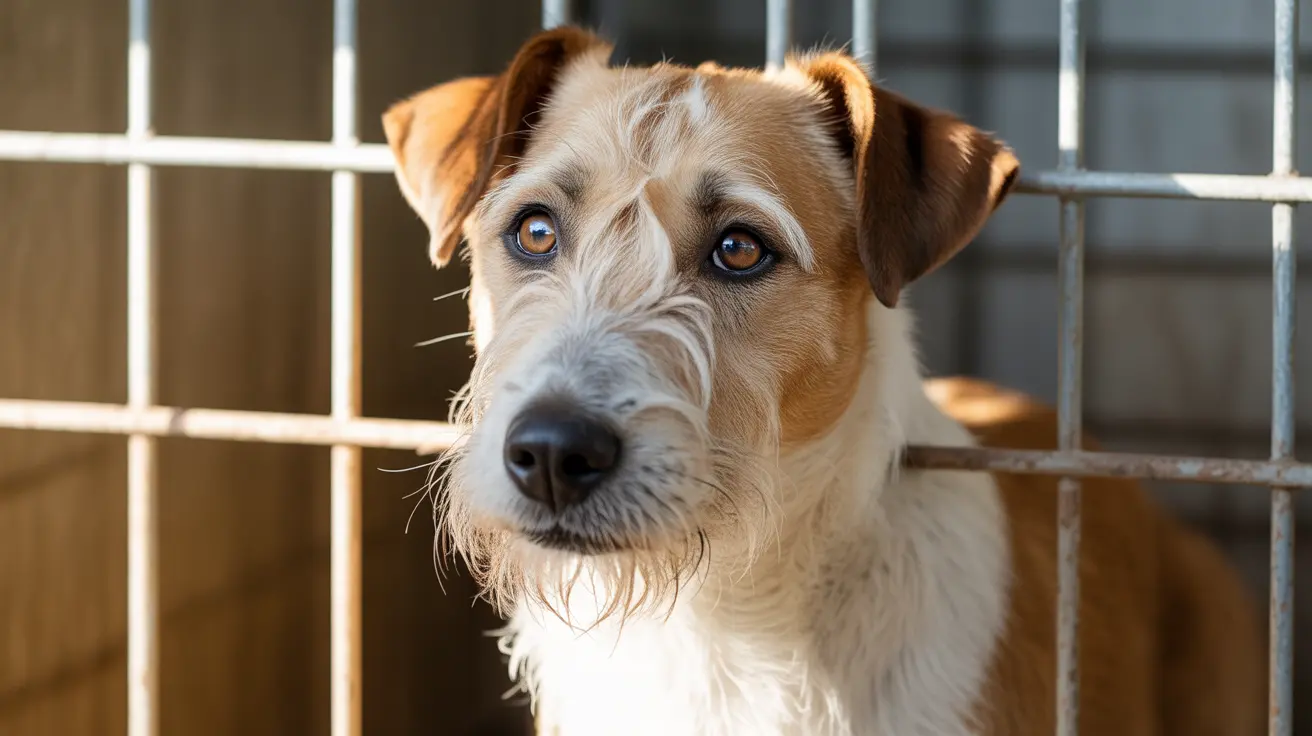The Healthiest Things to Feed Your Dog: A Complete Guide
Feeding your dog the right food is one of the most important aspects of keeping them happy and healthy. With countless dog food options on the market, it can be confusing to determine what’s truly beneficial for your pet. In this article, we'll explore the healthiest diet options for dogs, including both commercial and homemade solutions, backed by expert recommendations.
1. Understanding Your Dog's Nutritional Needs
Dogs, like humans, need a balanced diet that includes:
- Proteins – for muscle repair and growth
- Fats – for healthy skin and a shiny coat
- Carbohydrates – for energy
- Vitamins and minerals – for immune support and overall well-being
- Water – essential for all bodily functions
Each dog may have different nutritional requirements depending on their age, breed, activity level, and health status.
2. High-Quality Commercial Dog Food
The most convenient and commonly recommended option is feeding your dog high-quality commercial dog food. Look for brands that list real meat as the first ingredient and avoid those with excessive fillers like corn, wheat, and soy.
Choose foods that are:
- AAFCO-approved for complete and balanced nutrition
- Formulated for your dog’s life stage (puppy, adult, senior)
- Free of artificial preservatives, flavors, and colors
3. Homemade Dog Food: Is It a Good Idea?
Some pet owners prefer making their dogs’ food at home. While this gives you complete control over ingredients, it must be done correctly to avoid nutritional deficiencies. Homemade diets should always be developed in consultation with a veterinarian or a veterinary nutritionist.
Key tips for a healthy homemade dog diet:
- Include a protein source (chicken, turkey, beef, fish)
- Add cooked vegetables (carrots, peas, sweet potatoes)
- Incorporate grains like brown rice or oatmeal
- Use healthy fats (olive oil, fish oil)
- Supplement with the right vitamins
4. Raw Food Diets: A Controversial Choice
Raw diets have gained popularity, but they are controversial among veterinarians due to potential risks like bacterial contamination and nutritional imbalance. If you choose a raw food diet, it’s crucial to work with a professional to ensure it's safe and nutritionally adequate.
5. Foods to Avoid Feeding Your Dog
Not all human food is safe for dogs. Avoid these harmful foods:
- Chocolate
- Grapes and raisins
- Onions and garlic
- Alcohol
- Macadamia nuts
- Cooked bones
6. Tailoring the Best Diet for Your Dog
No single diet is best for every dog. The healthiest choice varies depending on individual factors. Here are some steps to determine what's right for your pet:
- Consult your vet before changing your dog’s diet
- Monitor your dog’s weight, energy levels, and stool quality
- Consider allergy testing if food sensitivities are suspected
7. Supplements and Treats
While a good dog food provides most nutrients, some dogs benefit from supplements such as:
- Omega-3 fatty acids for skin and joints
- Probiotics for digestive health
- Glucosamine for aging joints
Choose healthy treats or use fresh fruits like apples or bananas in moderation.
Conclusion
The healthiest thing to feed your dog is a nutritionally balanced diet suitable for their specific needs. For most dog owners, that means selecting a high-quality commercial dog food. However, homemade diets can also be healthy when prepared properly. Always consider your dog’s unique requirements and consult a vet to design an ideal meal plan that promotes health, longevity, and happiness.





